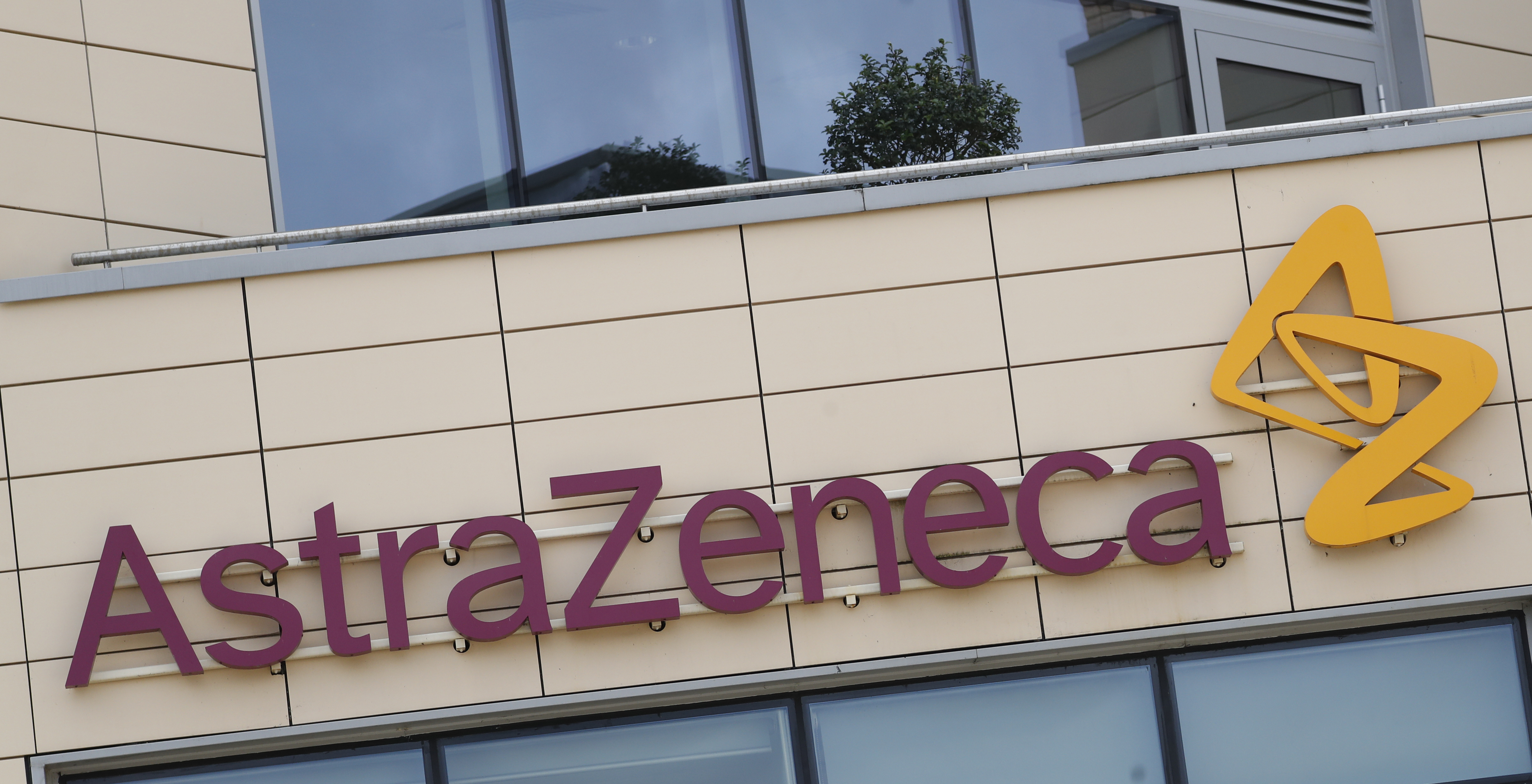KANSAS CITY, Kan. — An old technique is gaining new followers in the treatment of muscular pain. The point is to needle away the pain.
Patty Aenchbacher is recovering from surgery in June for a tear in the hip labrum, the band of cartilage around the joint. At the University of Kansas Hospital, she’s getting conventional physical therapy but also something unconventional.
“I wasn’t sure at first, but then I talked to Dr. Mullen and he recommended it as well,” Aenchbacher said.
She decided to try dry needling.
“Okay, Patty, you’re going to feel a little pressure,” said Megan Bechtold, a physical therapist, to Aenchbacher as she inserted a needle.
Tiny needles are placed directly into painful muscles. In Aenchbacher’s case, muscles around the hip are tight.
“The trigger point is actually quite palpable to the physical therapist. We can feel the problem before we do the treatment,” Bechtold said.
She moved the needle in the muscle.
“Did you feel it twitching?” she asked Aenchbacher.
“Yep,” she responded.
When the twitching stops — it could take seconds or a few minutes — the needle comes out. The physical therapist moves on to a different spot.
Aenchbacher said the muscle aches for a day or so, but then the pain goes away.
“I think it’s a real improvement. I haven’t had that pain in those areas again, so I think it’s real,” she said.
She doesn’t think it’s a placebo effect although her therapist said more research is needed to figure out exactly how or why dry needling works.
“I would say those tension spots or trigger point locations in the muscle do change immediately after the treatment,” Bechtold said.
She said even though dry needling has been around for years, she and many other physical therapists in our area have just started using it in recent months for certain surgical and chronic pain patients.
Some insurers are covering dry needling. Bechtold emphasized that careful assessment is needed to determine if a patient is a good candidate, and it is just one element of therapy.


